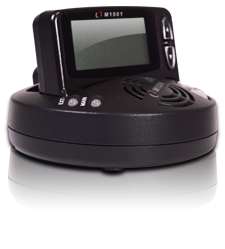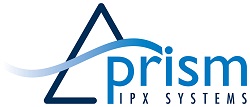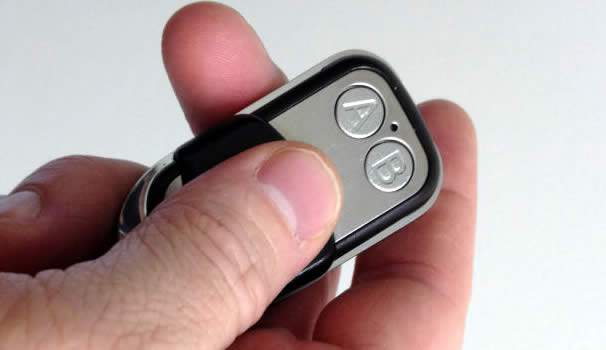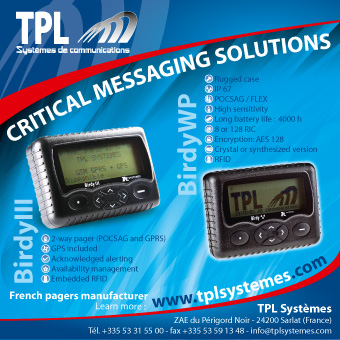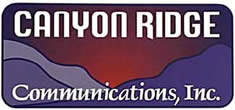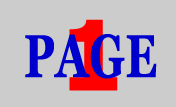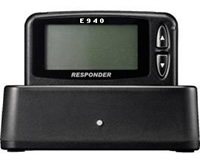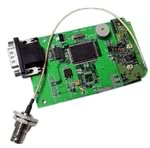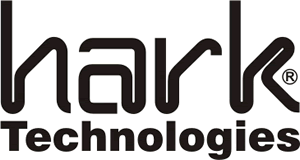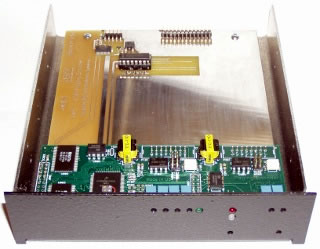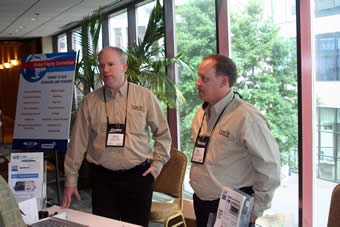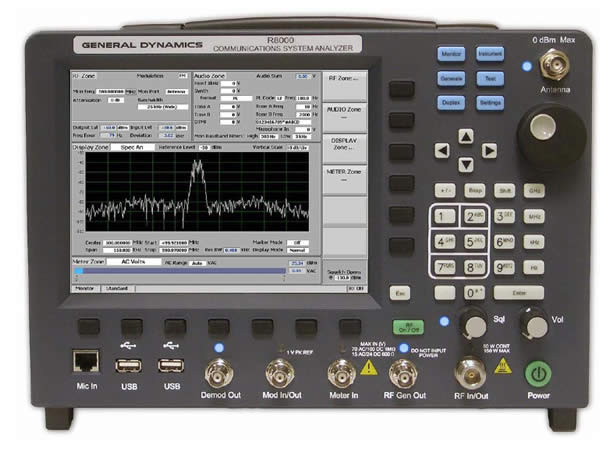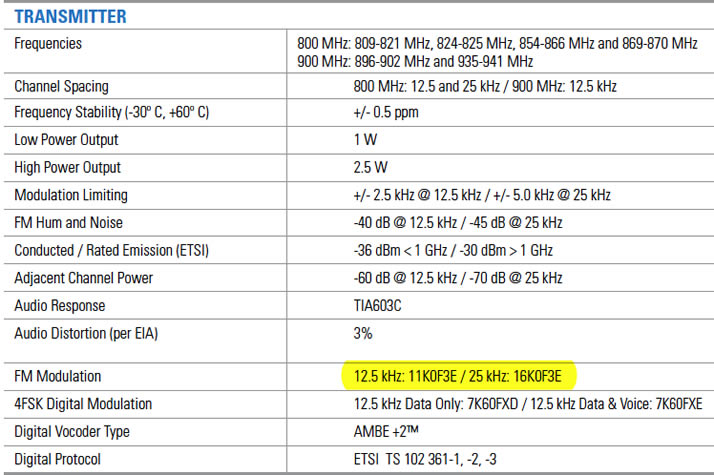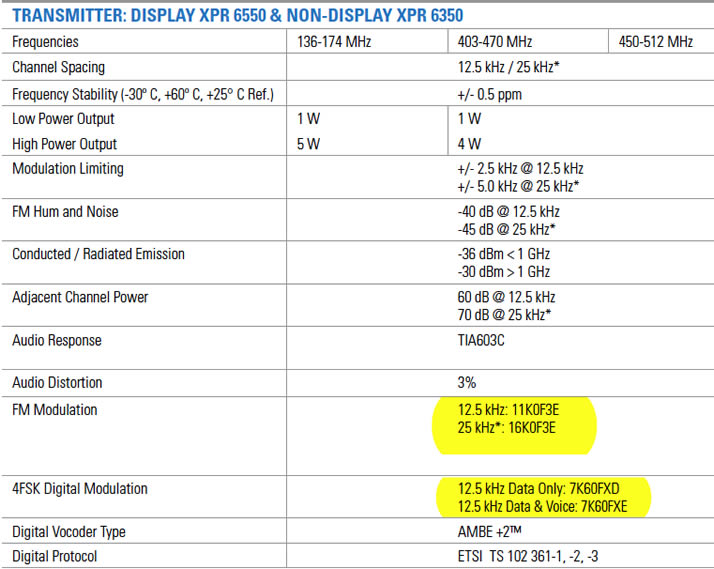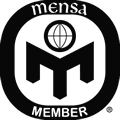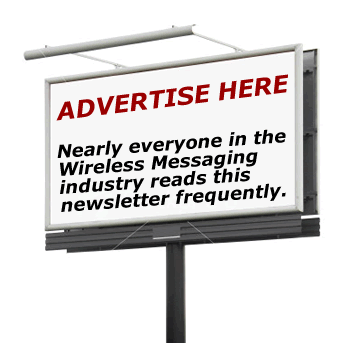Dear Friends of Wireless Messaging, The plans for changing the publication schedule of the newsletter have not been finalized — I am waiting for more input from the advertisers. After all, they are the ones who pay my bills. 
Effective January 1, 2012 American Messaging entered into two management agreements whereby it is now responsible for managing two very well-respected paging companies. Roy Pottle, Chairman & Chief Executive Officer of American Messaging said “we are partnering with the existing owners to marry the respective strengths of each company and their strong local presence with our increasing product suite in an effort to best serve existing and prospective customers.” Mike Hasty and Jackie Morris, the primary owners of ProPage, Inc. (“ProPage”) and Morris Communications, Inc. (“Morris”) respectively, and their families, have been in the paging business for more than forty years. Throughout their long history both companies have earned a reputation for providing quality service with a local/family touch so although American Messaging plans to integrate some processes, Pottle indicated “both companies will maintain local account management and network support.” Dave Andersen, American Messaging's President & Chief Operating Officer said “ProPage is a regional carrier with a very robust network covering virtually all of Georgia while Morris has an equally robust network covering South Carolina. Although American Messaging has a strong presence in and around Atlanta we have limited coverage in southern/rural Georgia and almost no coverage in South Carolina. Accordingly, these networks, together with American Messaging's strong presence throughout Florida, collectively benefit all three companies as they can now provide strong contiguous coverage across all three states.” Pottle also noted that “despite our collective enthusiasm, both transactions are bitter sweet, as they reflect the risks and opportunities associated with our industry and inevitably affect good, long standing employees of both companies” but perhaps most notably he indicated that the agreement with Morris was particularly difficult as it in part reflects the unfortunate passing of Trace Morris just over a year ago. Pottle said, “I would have much preferred a few drinks with Trace at the upcoming Global Paging Conference in Austin, TX but Trace would be very proud of Jackie and their son Alex and the grace with which they handled the past year.” 
Can you believe I actually received a job offer from a Motorola recruiter this week? I thanked the nice lady for the offer and told her that I am semi-retired, tired of moving, and have worked for Motorola before. This newsletter and some occasional consulting assignments are just the right amount of work for me! The only bad thing about being self-employed is that my boss sometimes makes me work long hours and won't give me much time off. Ha ha! 
When my friend Ron Mercer returned from his winter-visit to his home town — Montreal — he started telling me he had found this new restaurant up there that serves the very best Smoked Meat ever. I interrupted him and told him to just be quiet or to change the subject — I didn't want to hear any more about Montreal Smoked Meat ! Oh . . . I love that Montreal Smoked Meat so much! It is wonderful. For those unlucky folks who have never had the pleasure, think about the best Corned Beef or Pastrami sandwich that you have ever eaten — only this tastes better than either one of them — really — and I am not even Canadian. I am a 12 th generation American and I wish we had some of that delicious meat available down here in the “southern provinces.” 
Swartz's Montreal Hebrew Delicatessen
Smoked Meat vs. Pastrami (Two different opinions.) 
Last week I included a Letter to the Editor from Carter Blumeyer. Yes, that Carter Blumeyer who sent the famous message from downtown New Orleans right after Hurricane Katrina passed through. He was using a Two-way Pager. Apparently, absolutely no form of communication was working except the paging systems, not even the wire-line telephones. But I digress. . . (I know, I know, it's trite but I couldn't help myself.) Carter wrote some follow-up comments to recent articles about the various new digital protocols for sending voice and data over radio channels. Well, one attorney has strongly disagreed with what Carter wrote concerning the MOTOTRBO protocol bandwidth and a debate has developed. You can read the details in the LETTERS TO THE EDITOR section near the end of this issue. I am not going to take sides in this debate and I would like to encourage some additional engineering and legal input on this question so we can all benefit. I suspect that both parties in this debate are correct in their own way of thinking. Carter is saying that the MOTOTRBO protocol is not compliant with the future FCC requirements for narrowband and the Attorney, Mr. Alan S. Tilles, Esq., is saying that it is. Well, Carter is a technician with bench-experience in programming the actual MOTOTRBO radios and has pointed out that the radios split the signal into two 6.25 kHz channels, but they still transmit using both of them (all of the 12.5 kHz bandwidth) whether the radios are going to send one or two voice calls. Mr. Tilles insists that the MOTOTRBO protocol will comply with the FCC's narrowband requirements at some yet unknown date in the future. He is probably right, but the existing radios will have to be modified to do this — I think. (Probably a software mod.) I believe he is thinking about the MOTOTRBO protocol if it were using only one of the two 6.25 kHz channels — which the current-production radios can't do. Someone help me! I may be completely wrong on this issue. I certainly don't claim much expertise concerning these new protocols and I would like to get to the bottom of this issue. I am learning about this like everyone else. 
Federal body concludes LightSquared can't work with GPS A committee overseeing GPS said interference can't be fixed in months or years and called for an end to testing By Stephen Lawson
IDG News Service
January 13, 2012 06:42 PM ET A key federal agency involved in testing the proposed LightSquared LTE network has concluded that there is no practical way to solve interference between that network and GPS, possibly dealing a crippling blow to the startup carrier's hopes for a terrestrial mobile network. In a memo released late Friday, the National Space-Based Positioning, Navigation and Timing Executive Committee (PNT ExComm) said the nine federal agencies that make up the body had concluded unanimously that none of LightSquared's proposals would overcome significant interference with GPS (Global Positioning System). [ source ] Now on to more news and views. |  | | Wireless Messaging News | - Emergency Radio Communications
- Wireless Messaging
- Critical Messaging
- Telemetry
- Paging
- VoIP
- Wi-Fi
- WiMAX
- Location-Based Services
| WIRELESS

MESSAGING |

| CMA Wireless Messaging News |
| This is the CMA's weekly newsletter about Wireless Messaging. You are receiving this because I believe you have requested it. This is not a SPAM. If you have received this message in error, or you are no longer interested in these topics, please click here , then click on "send" and you will be promptly removed from the mailing list. |

 | This newsletter is brought to you by the generous support of our advertisers and the courtesy of iland Internet Solutions Corporation . For more information about the web-hosting services available from iland Internet Solutions Corporation, please click on their logo to the left. |

A new issue of The Wireless Messaging Newsletter is posted on the web each week. A notification goes out by e-mail to subscribers on most Fridays around noon central US time. The notification message has a link to the actual newsletter on the web. That way it doesn't fill up your incoming e-mail account. There is no charge for subscription and there are no membership restrictions. Readers are a very select group of wireless industry professionals, and include the senior managers of many of the world's major Paging and Wireless Messaging companies. There is an even mix of operations managers, marketing people, and engineers — so I try to include items of interest to all three groups. It's all about staying up-to-date with business trends and technology. I regularly get readers' comments, so this newsletter has become a community forum for the Paging, and Wireless Messaging communities. You are welcome to contribute your ideas and opinions. Unless otherwise requested, all correspondence addressed to me is subject to publication in the newsletter and on my web site. I am very careful to protect the anonymity of those who request it. 
Editorial Opinion pieces present only the opinions of the author. They do not necessarily reflect the views of the Critical Messaging Association, or its sponsors. 

Please help support the CMA Wireless Messaging News by clicking on the PayPal Donate button above. 
 CLICK THE LOGO ABOVE FOR A FREE SUBSCRIPTION 
Newspapers generally cost 75¢ a copy and they hardly ever mention paging. If you receive some benefit from this publication maybe you would like to help support it financially? A donation of $25.00 would represent approximately 50¢ a copy for one year. If you are willing and able, please click on the PayPal Donate button above. 


If you would like to have information about advertising in this newsletter, please click here. If you are reading this, your potential customers are probably reading it as well. 
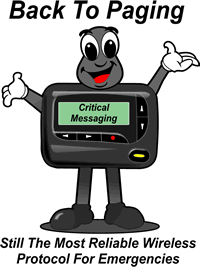 
|

